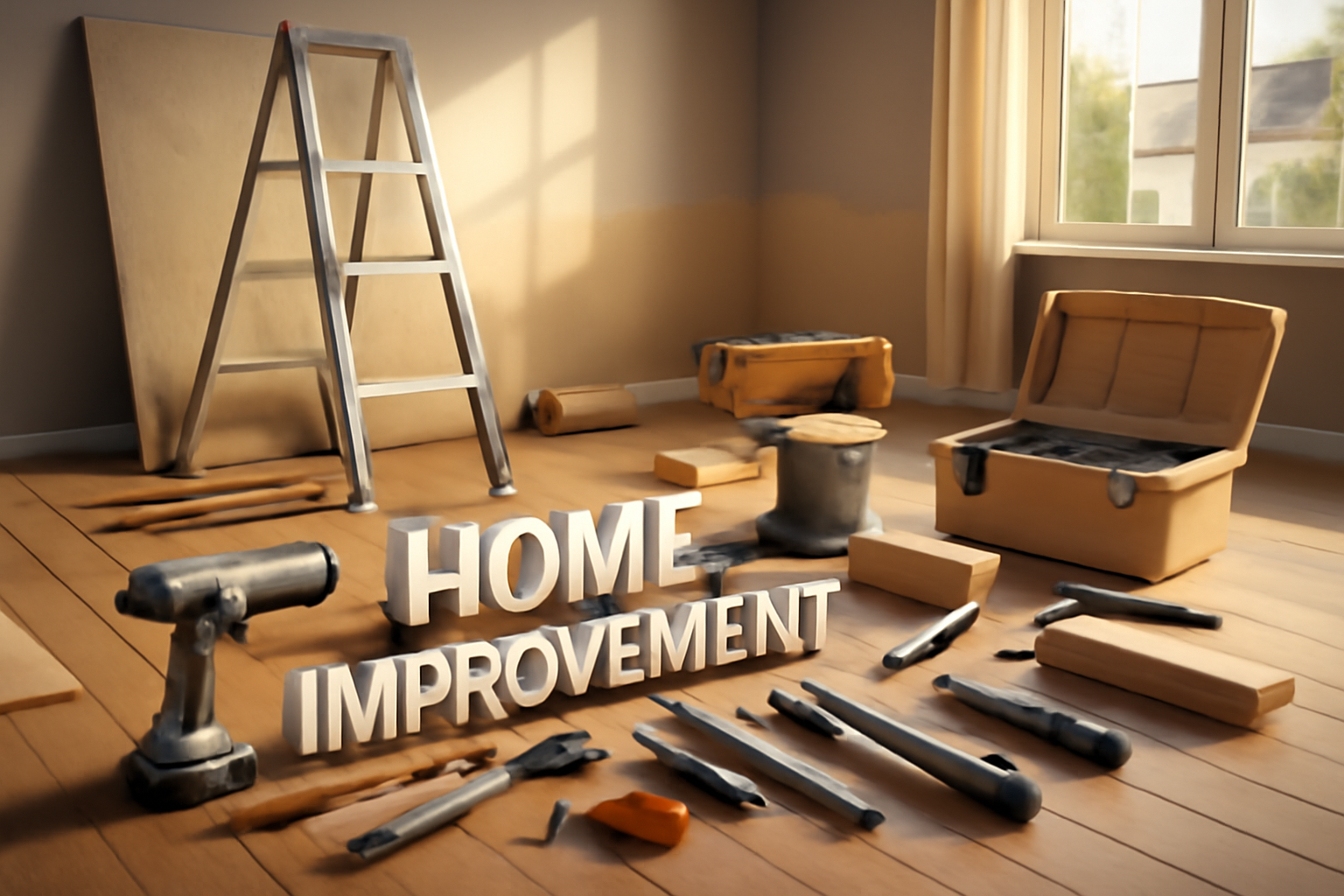Exploring Home Improvement Grants for Seniors
As seniors age, maintaining and upgrading their homes becomes increasingly important for safety, accessibility, and comfort. Many seniors wish to continue living independently as long as possible, and various home improvement grants and programs are available to help make this goal a reality.

This article will explore the different types of home improvement grants available for seniors, how to apply for them, and the benefits they offer.
Types of Home Improvement Grants
Home improvement grants for seniors are designed to assist with specific modifications that can make a residence more livable and safe. These modifications might include installing grab bars in bathrooms, widening doorways, adding ramps, or even upgrading heating and cooling systems. Here are some of the most popular grants available:
- Low-Income Home Energy Assistance Program (LIHEAP): Administered by the federal government, LIHEAP helps low-income families, especially seniors, with costs associated with heating and cooling their homes. This program can supplement the cost of home improvements related to energy efficiency.
- Section 504 Home Repair Program: This program provides loans to qualified very-low-income homeowners to repair or improve their homes and offers grants to eligible seniors aged 62 or older to remove health and safety hazards.
- Weatherization Assistance Program (WAP): Focused on improving home energy efficiency for low-income households, this federal program can fund energy-related home renovations, including improvements in insulation and sealing ducts.
How to Apply for Home Improvement Grants
Applying for home improvement grants requires diligence and can involve navigating different layers of bureaucracy. Here are the general steps you should follow to improve your chances of securing a grant:
- Identify Needs: Conduct a thorough assessment of your home to determine what improvements are necessary. This step is crucial to specify your upgrades or repairs needs when you apply for grants.
- Research Available Grants: Utilize online resources, such as the Benefits.gov and government websites, to identify which grants are available and applicable to your specific needs. Some communities also offer local grants to seniors.
- Prepare Necessary Documentation: Gather required documentation including proof of income, identification, proof of residency, and evidence of homeownership to submit with your grant application.
- Submit Applications: Follow the instructions for applying, ensuring all forms are complete and submitted before the deadline. Double-check your application to avoid mistakes that might disqualify your entry.
- Follow Up: After submitting, proactively follow up on your application status. Patience and persistence can be key to a successful application.
Benefits of Home Improvement Grants for Seniors
Home improvement grants provide a structured means for seniors to make essential changes to their homes. These enhancements can significantly impact their daily lives by:
- Enhancing Safety: Aging-in-place modifications such as stair lifts, handrails, and emergency exits can dramatically decrease the risk of falls or other injuries for elderly occupants.
- Improving Accessibility: Features like ramps, widened doorways, and modified fixtures help ensure that seniors with mobility issues can navigate their homes with ease.
- Boosting Energy Efficiency: Weatherization improvements reduce energy consumption, leading to lower utility bills, which is beneficial for seniors living on fixed incomes.
- Increasing Home Value: Upgrades can increase the overall value of a home, which might provide financial benefits if the property is sold in the future.
Conclusion
Home improvement grants for seniors offer critical financial assistance to help make homes safer and more accessible. While the application process may seem daunting, the benefits of increased safety, energy efficiency, and comfort make it a worthwhile endeavor. By leveraging available grants, seniors can continue to enjoy their independence and maintain a high quality of life in their own homes.

